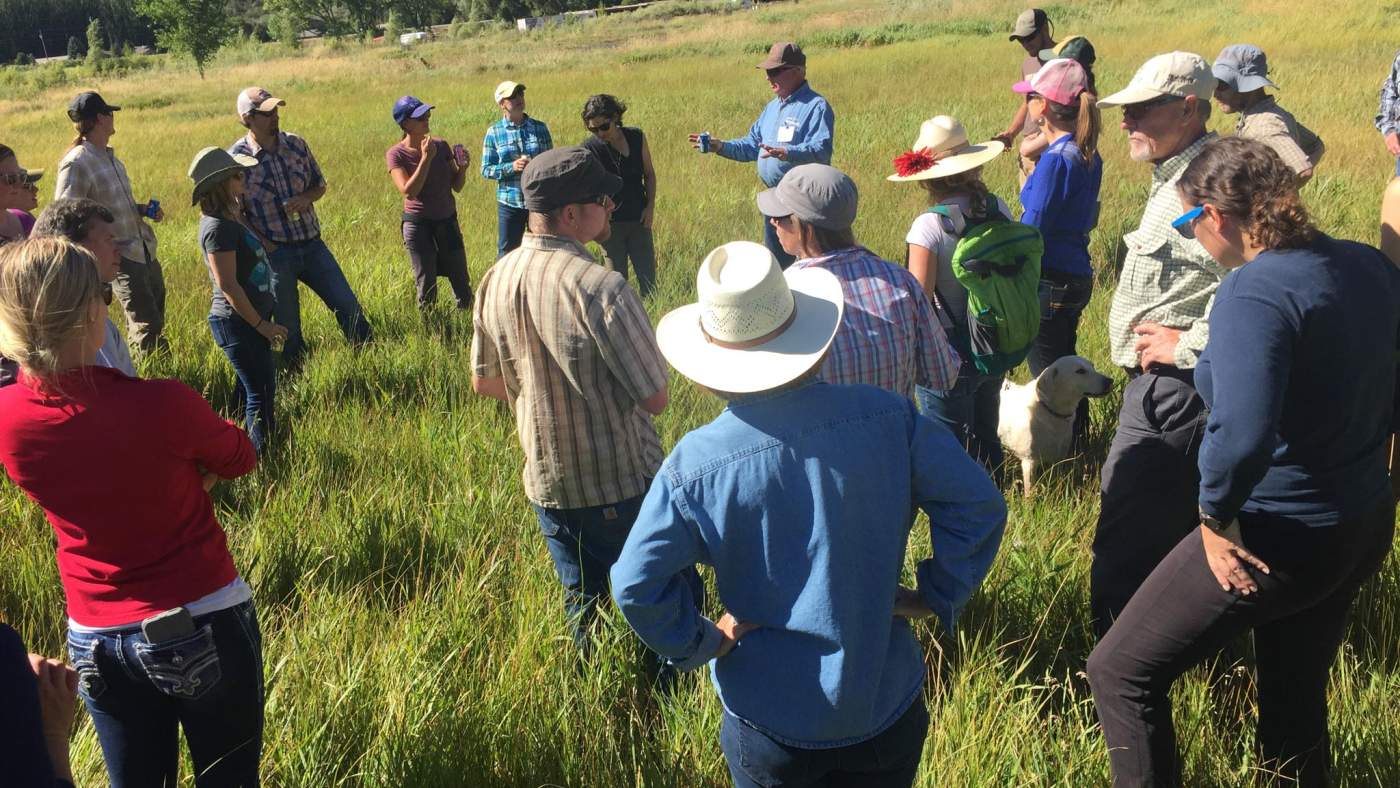A collaborative model for large-scale riparian restoration in the western United States
In 2009, a group of practitioners took action to restore 175 miles of riparian habitat impaired by invasive plants along
the Dolores River in southwestern Colorado and eastern Utah. Recognizing the magnitude of ecological, jurisdictional, and
management challenges associated with this large-scale initiative, this group of managers built trust and relationships with key
partners to foster collaboration across boundaries and cultivate consensus of a variety of perspectives and forms of knowledge.
What emerged was a network of individuals, organizations, and agencies dedicated to restoring the Dolores River riparian
corridor while sharing information and learning from one another. This public–private collaboration, called the Dolores River
Restoration Partnership (DRRP), has been successful in creating a process by which financial, technical, and human resources
are shared across boundaries to restore a riparian corridor. Specifically, the DRRP developed effective planning documents,
a responsive governance structure, monitoring protocols, and a shared mindset for extracting lessons learned that have been
instrumental in making progress toward its shared restoration goals and addressing a wide variety of restoration challenges.
The tools developed by the partnership and lessons learned from their utility are outlined in this case study as a means to
inform other collaborative restoration efforts.

